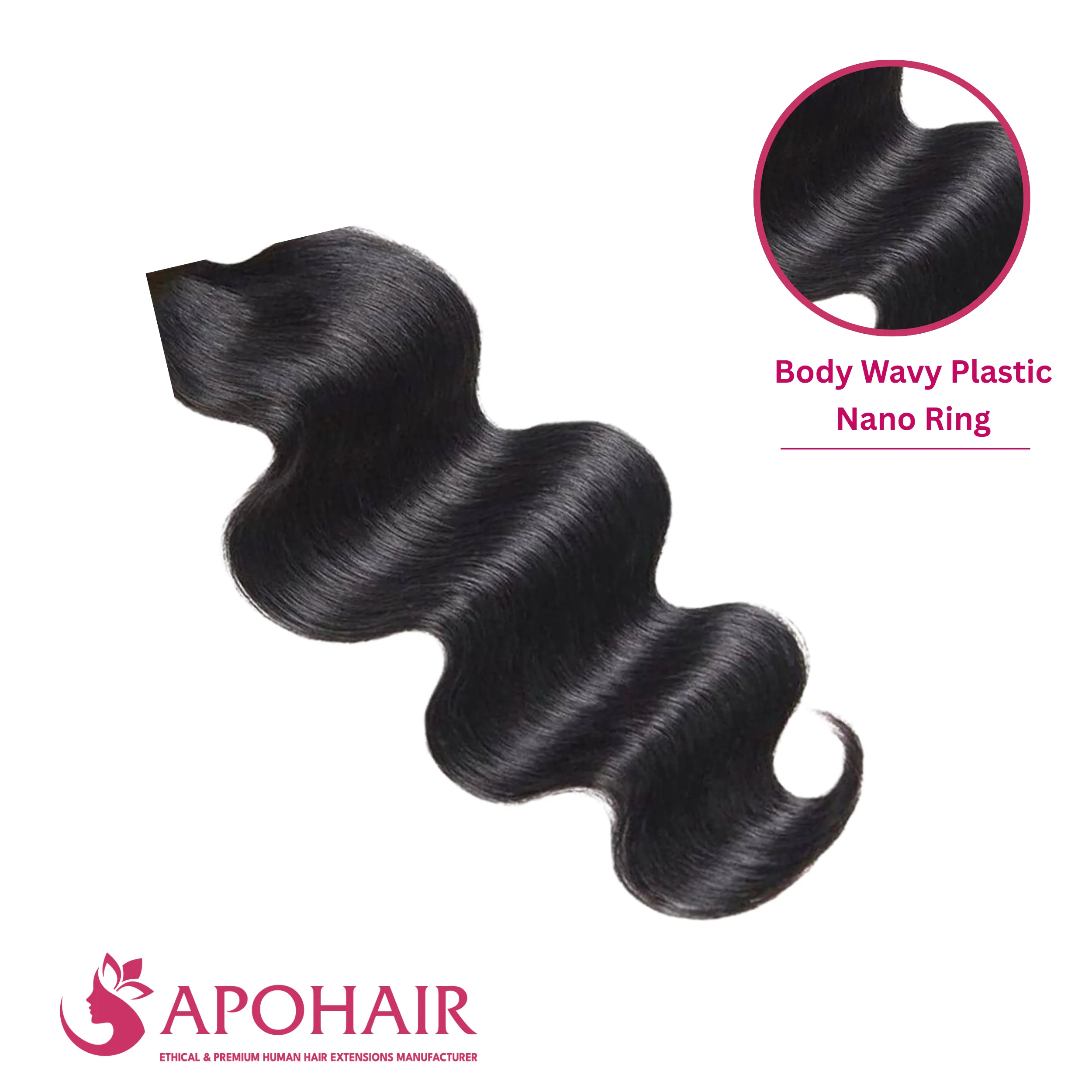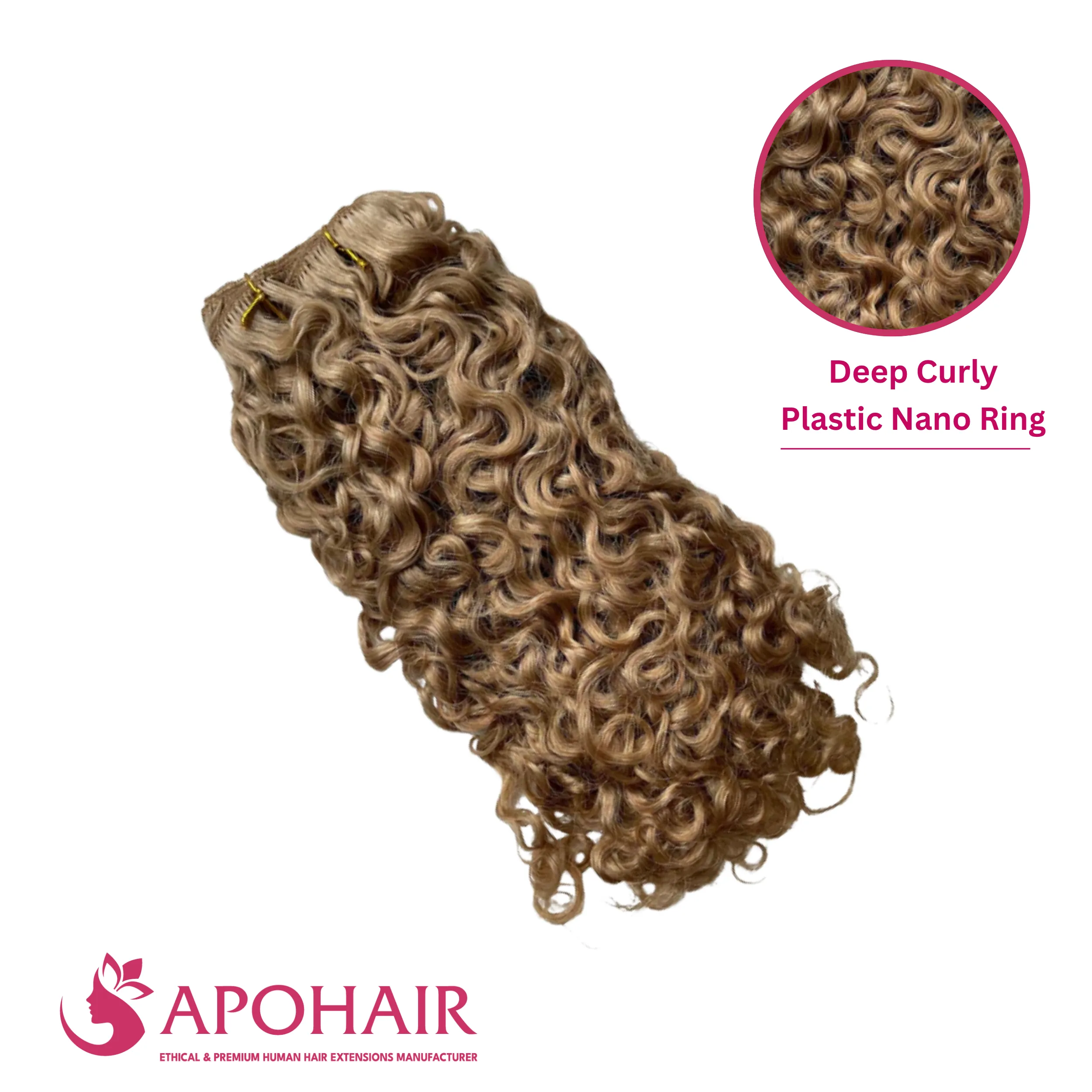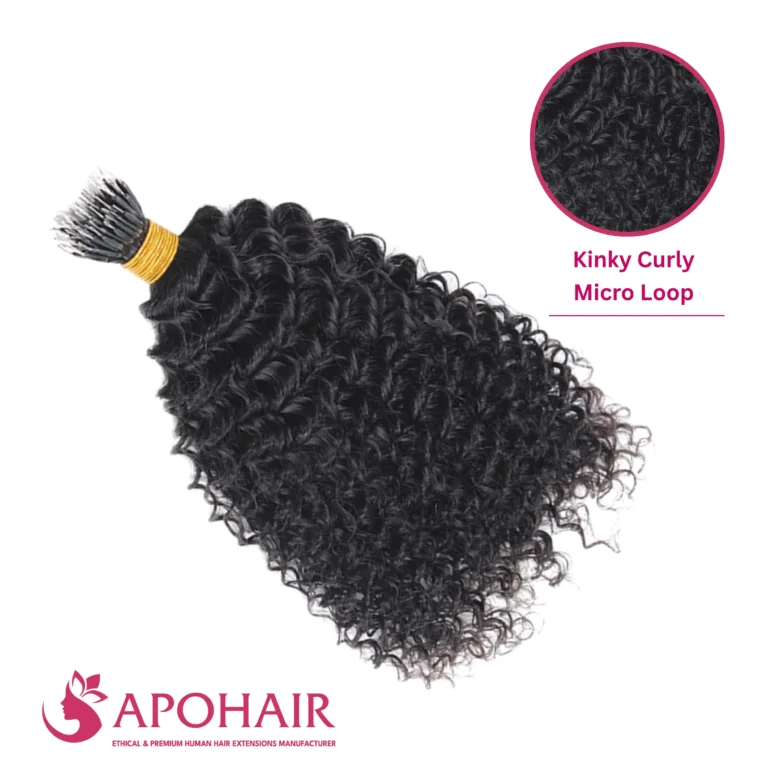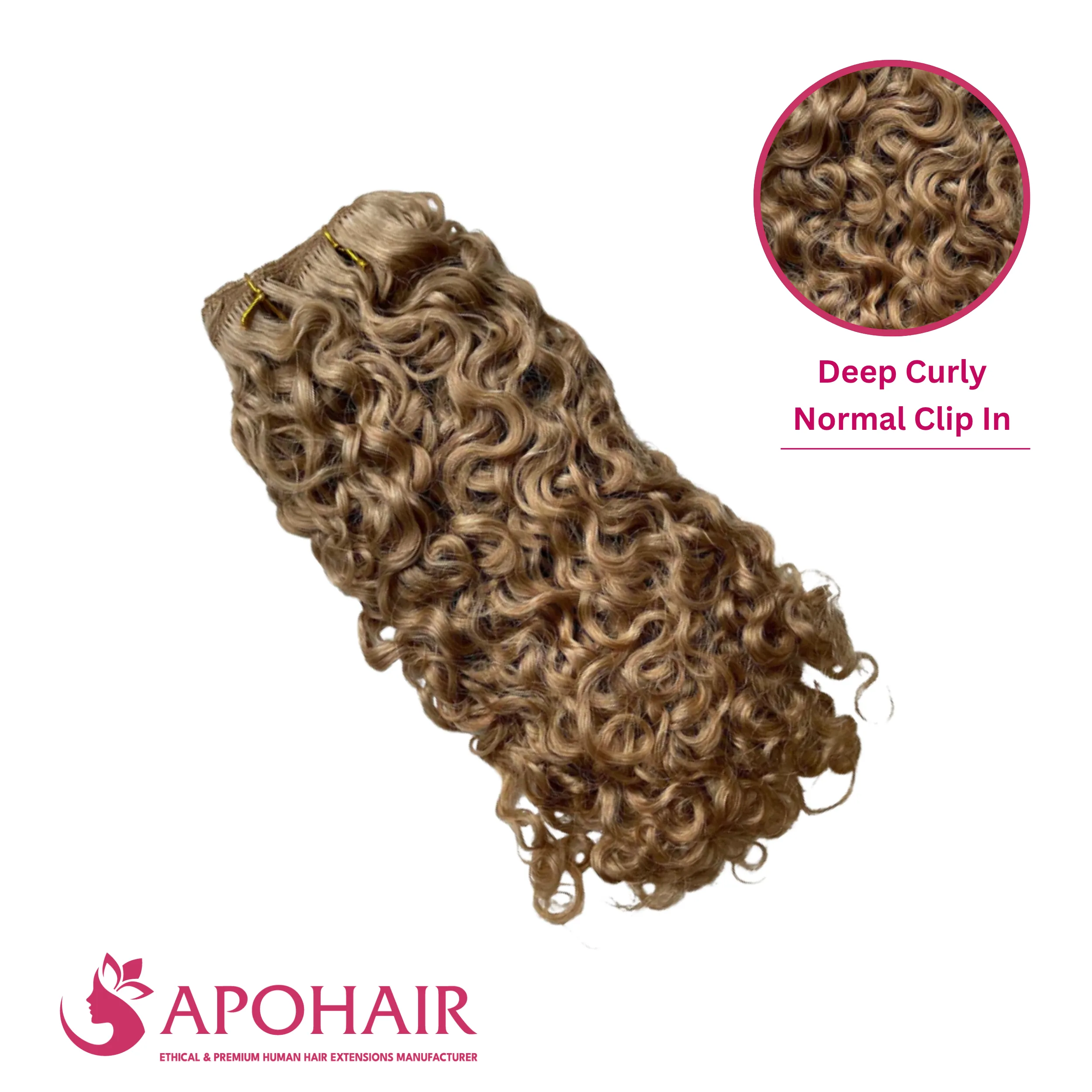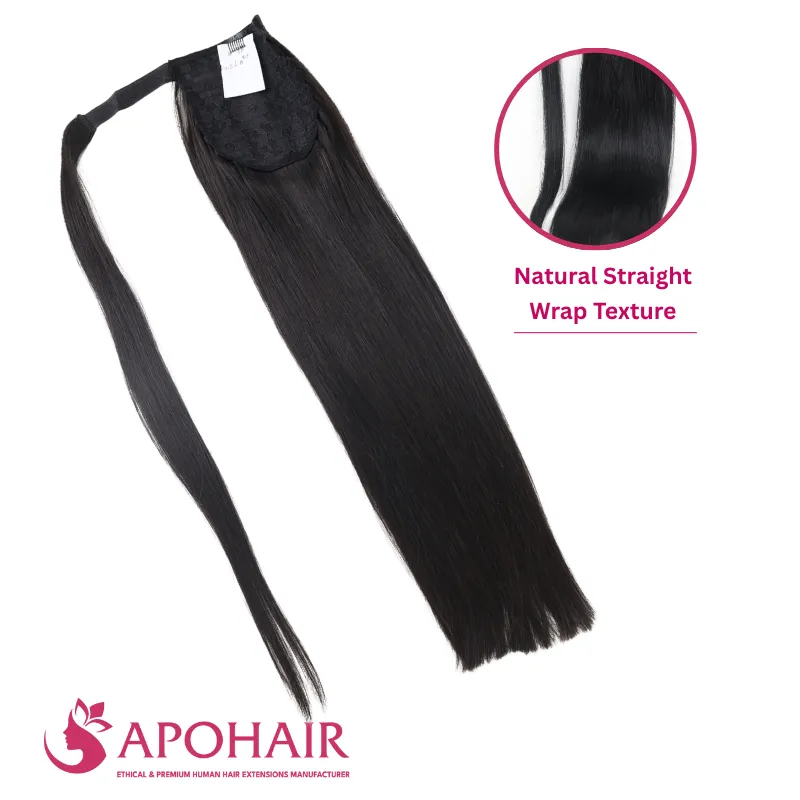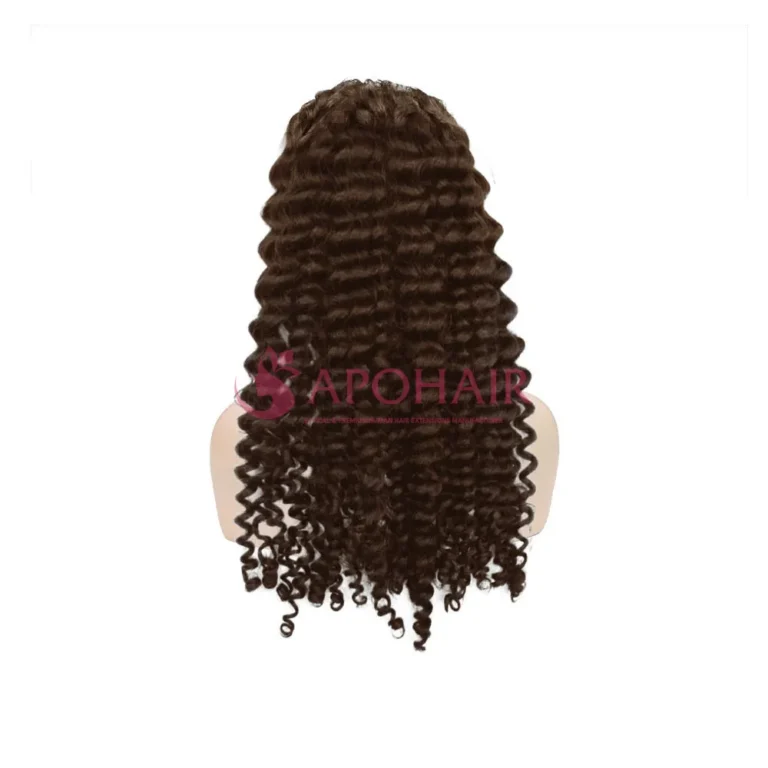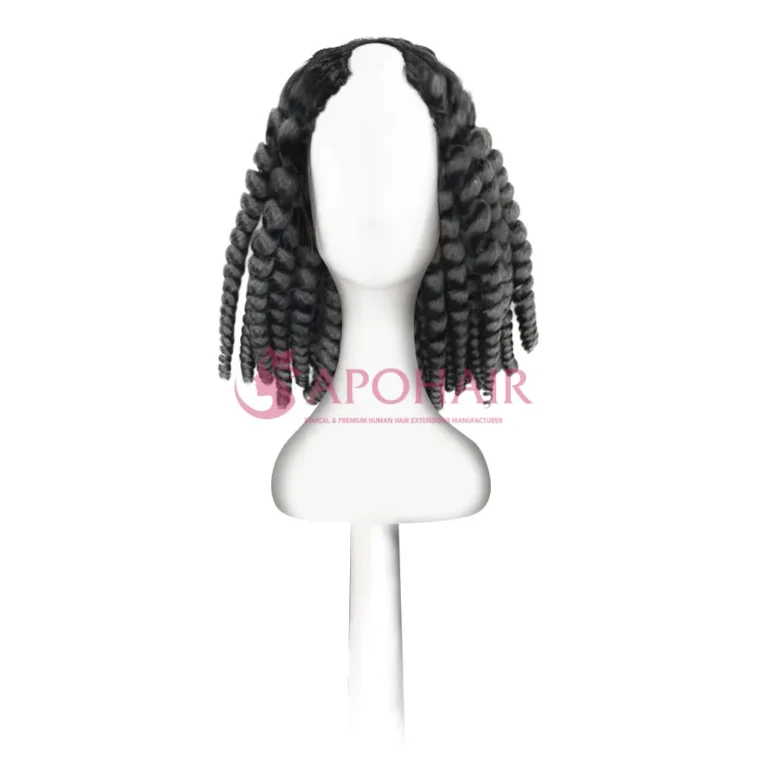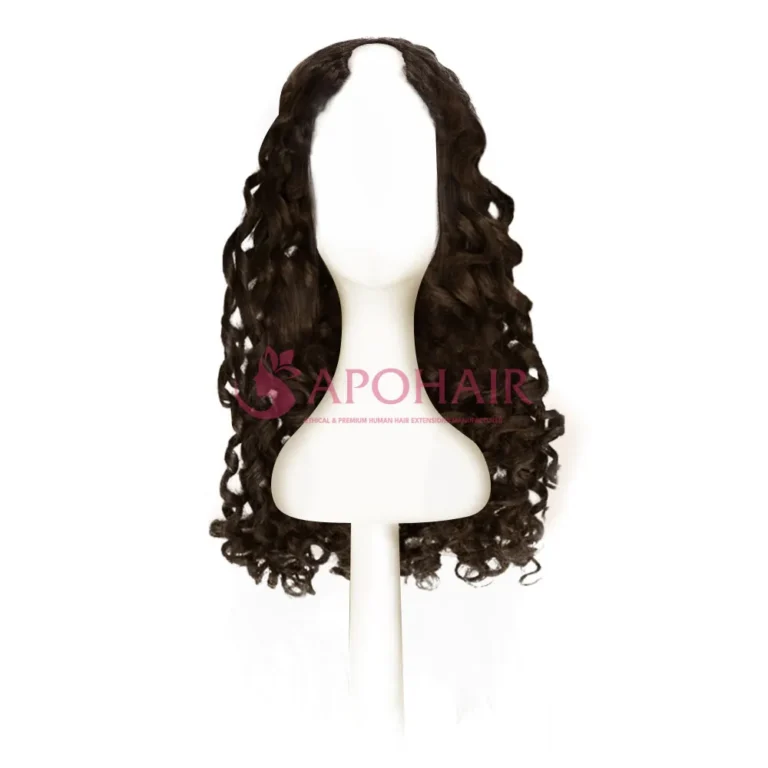How to Do a Dutch Braid? vs French Braid, What is Different From!
The Dutch braid, also known as the inverted French braid or inside-out braid, is a timeless and versatile hairstyle that has been captivating hair enthusiasts for centuries. This elegant braid is not only visually appealing but also offers practical benefits for those seeking a stylish and secure way to manage their locks. In this comprehensive guide, we will share with you the dutch braid history, step-by-step technique, and various styling options of the dutch braid tutorial, as well as tips on how to maintain this classic hairdo.

The History Of Dutch Braid
For those who are wondering “Is Dutch braid over or under?”, the answer is the second option. A Dutch braid is a three-strand plaited hairstyle where the outer strands are crossed under the middle strand, creating a raised and textured look. Despite its name, Dutch braids were not invented by the Netherlands. This hairstyle was actually adopted by the South African immigrants to the Netherlands. African women applied it as an effective way to protect their hair and scalp from being damaged by the blistering sun. The Dutch were simply the first outside culture to choose this braiding for their everyday style.

- Versatility: The Dutch braid is incredibly versatile, making it suitable for various events and settings. Whether you’re going for a casual day look, an elegant evening affair, or even a bohemian festival style, the Dutch braid can be adapted to complement your outfit perfectly.
- Long-Lasting Hold: Once mastered, a Dutch braid can keep your hair neat and secure for hours. It is an excellent option for those with long or thick hair, as it ensures your locks stay in place throughout the day.
- Protective Styling: For individuals with textured or curly hair, the Dutch braid offers a protective styling option. By braiding the hair, you can prevent tangles, breakage, and damage from environmental factors.
- Easy Updo Transformation: The Dutch braid can be easily transformed into an elegant updo. You can wrap the braid around the crown of your head for a chic and sophisticated bun or twist it into a low chignon for a more relaxed yet refined look.
- Low-Maintenance and Timesaving: Once braided, the Dutch braid requires minimal maintenance. It allows you to enjoy several days of a put-together look without the need for constant restyling.
Dutch Braid Vs French Braid: What Makes The Difference?
The phrase “Dutch braid French braid” or French Dutch braid may be quite familiar and in fact, they reflected two different ways to braid your hair. The difference between Dutch and French braids mainly lies in the direction of the braiding technique. With a French braid, we cross sections of hair over one another, and with a Dutch braid we cross them underneath. That explains why we normally call “Dutch braid” the inverted French braid or reverse French braid.

How to Dutch Braid Your Own Hair?
Whether you’re preparing for a casual day out or a special event, mastering the art of the Dutch braid can elevate your hairstyle game. Follow these steps for beginner how to Dutch braid to achieve a flawless Dutch braid

Step 1: Prepare Your Hair
Start with clean, dry hair, free of any knots or tangles. If your hair tends to be slippery or fine, consider applying a texturizing spray or mousse to add grip and hold.
Step 2: Section Your Hair
Begin by parting your hair into three sections at the crown of your head, as you would for a regular three-strand braid. You can use a comb to create a clean parting for a polished look, or go for a more relaxed style with a messy part.
Step 3: Cross The Strands
Unlike a traditional braid where the side strands are crossed over the middle one, the Dutch braid involves crossing the side strands under the middle strand. Take the right section and pass it underneath the middle section, then take the left section and also pass it underneath the middle section.

Step 4: Add Hair To Each Strand
As you continue braiding, add more hair to each side strand before crossing them under the middle strand. Gather a small section of hair from the right side, add it to the existing right strand, and then pass both under the middle section. Repeat the process on the left side, gathering hair and crossing under.
Step 5: Repeat and Secure
Continue adding hair and crossing the strands under until you reach the nape of your neck. At this point, you should have incorporated all the loose hair into the braid. Now, finish with a regular three-strand braid to the ends and secure it with a hair elastic.
Styling Ideas With Dutch Braids
The Dutch braid can be incorporated into a wide range of hairstyles, offering endless styling possibilities. Here are some trendy and creative Dutch braid hairstyles for you to choose from.
1. Single Dutch Braid

2. Double Dutch Braids

3. Dutch Crown Braid
The Dutch crown braid exudes a regal and romantic vibe, making it a perfect choice for hairstyles for weddings, proms, or other special events. To achieve this look, start a Dutch braid at one temple and wrap it around the head like a crown. Secure the braid with bobby pins, and you’ll have a stunning and ethereal hairstyle that complements any formal attire.
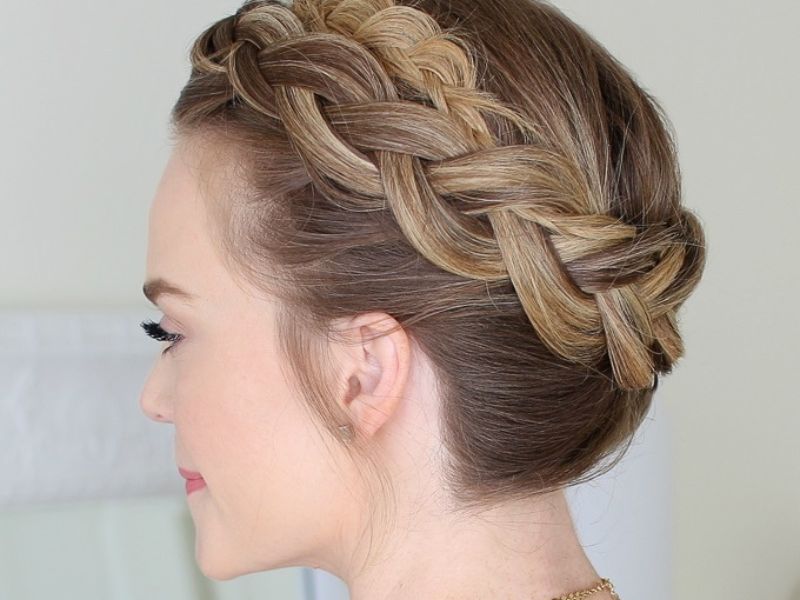
4. Dutch Fishtail Braid
Combine the classic Dutch braid technique with the intricate fishtail braid to create a unique and eye-catching hairstyle. The Dutch fishtail braid involves crossing the side strands under the middle strand, just like in a regular Dutch braid, but with smaller sections of hair. This results in a braided hairstyle with added texture and dimension, perfect for bohemian or boho-chic looks.

Related hairstyles: How to Do a French Fishtail Braid
5. Half-Up Dutch Braid
The half-up Dutch braid offers a chic and effortless style. Part your hair from ear to ear and create a Dutch braid on the top section of your head. Leave the rest of your hair down or style it in loose waves for a relaxed yet sophisticated appearance.

6. Dutch Braid Ponytail
Enhance a simple ponytail by incorporating a Dutch braid into the style. Begin the braid at the front of your head and continue it down into the ponytail. This adds an element of sophistication and visual interest to an otherwise basic hairstyle.
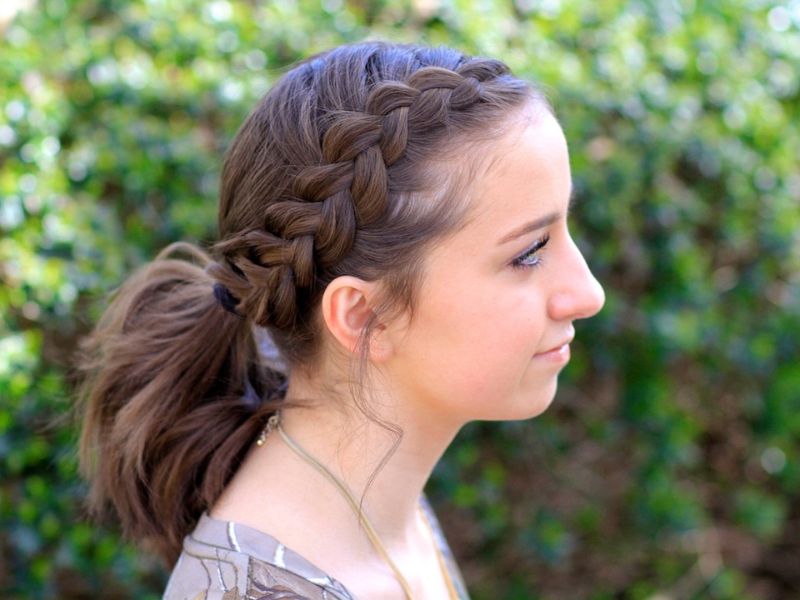
Tips For Maintaining Your Dutch Braid
Maintaining your Dutch braid is essential to keep it looking polished and secure throughout the day. Follow these tips to ensure your braid stays flawless:
Tip 1: Secure Loose Strands
After braiding, check for any loose strands or flyaways and gently tuck them back into the braid. Use bobby pins that match your hair color to discreetly secure any unruly hairs.
Tip 2: Use Quality Hair Elastics
Opt for hair elastics that are gentle on your hair and don’t cause breakage. Avoid using rubber bands or elastics with metal clasps, as they can damage and snag your hair.

Tip 3: Nighttime Care
Before bedtime, carefully undo the braid to prevent strain on your hair and scalp. Use a wide-tooth comb to detangle your hair gently, and consider sleeping on a satin pillowcase to reduce friction and prevent frizz.
Tip 4: Regular Washing
If you plan to keep your Dutch braid for an extended period, wash your scalp and hair regularly to avoid oil buildup, which can make the braid look greasy and flat.
Tip 5: Avoid Over-Tightening
While it’s essential to have a secure braid, avoid over-tightening, as it can cause tension headaches and hair breakage. Aim for a comfortable and snug fit.
By following these maintenance tips, you can keep your Dutch braid looking immaculate, allowing you to enjoy the elegance and practicality of this classic hairstyle throughout the day.
Can I Have Hairstyles with Dutch Braid With Extensions?
The answer is yes. Hair extensions are great options for those who love a Dutch braid but have very thin and short hair. When making Dutch braids with hair extensions, you are going to blend your own hair with hair extensions. It means the best type of hair extension you should choose is real human hair.
In A Word
The Dutch braid hairstyle, with its timeless appeal, remains a symbol of elegance and grace in the world of hairstyling. Whether you wear it as a casual day look or an exquisite updo for a special occasion, this braid is a versatile and flattering choice for all hair types. Embrace the art of braiding and unlock the beauty and simplicity of the Dutch braid, a hairstyle that has stood the test of time!
Next article: How To Create French Braid



